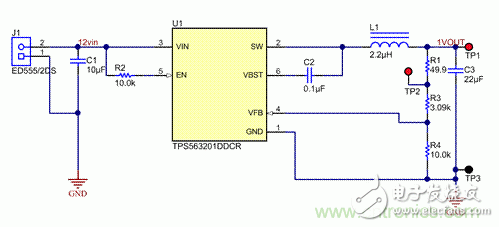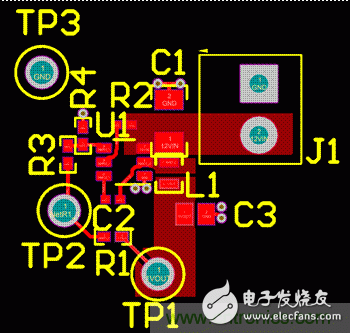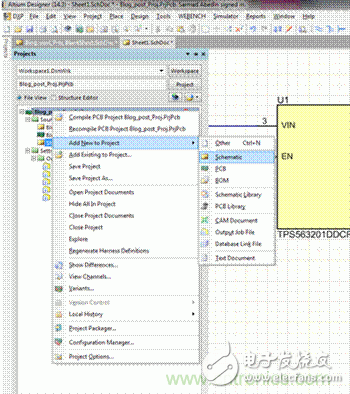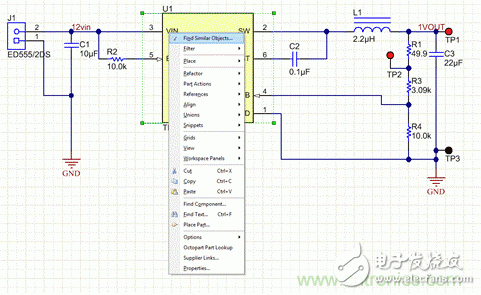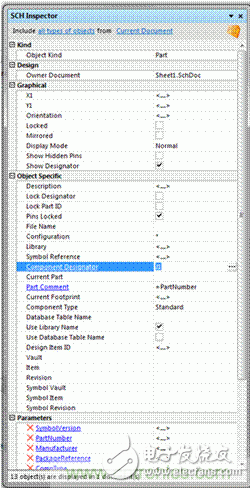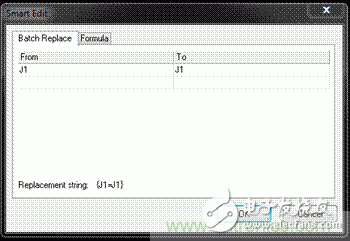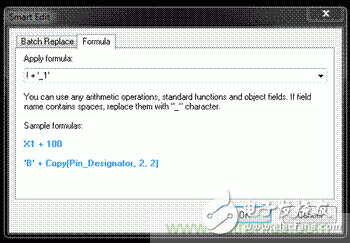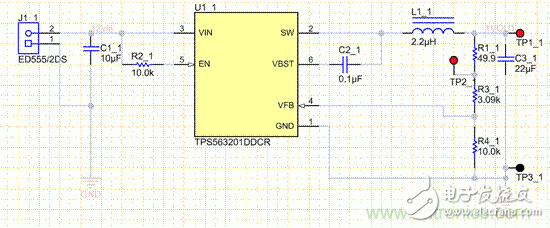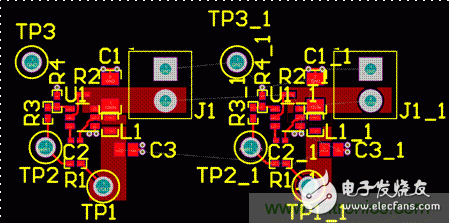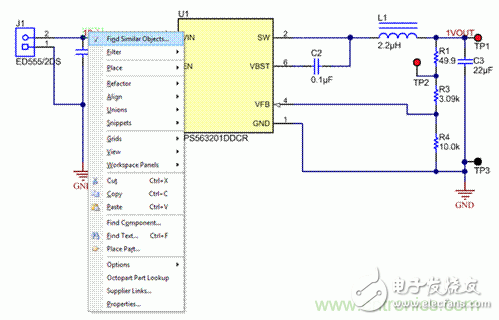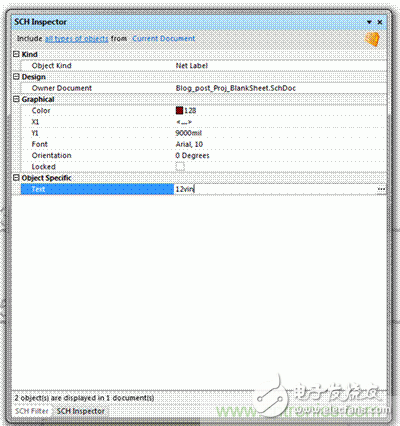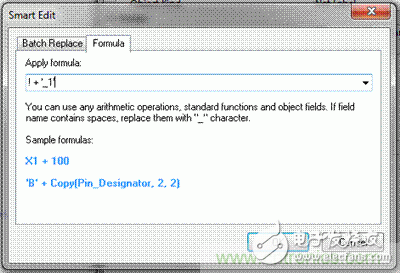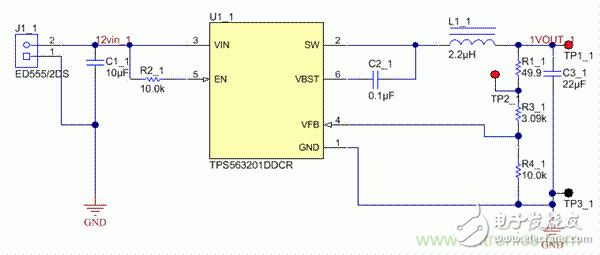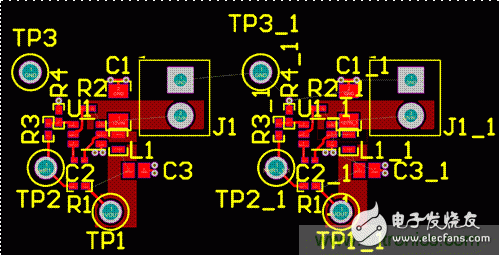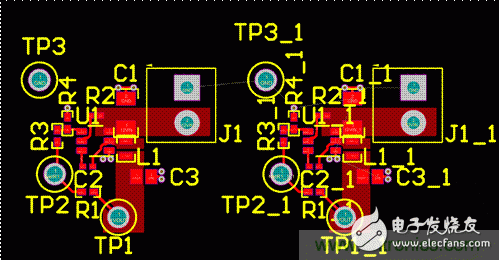As automotive and industrial power demand increases, so does the need for multiphase and modular design. The design of multiphase or multi-module boards is tedious and time consuming. In this AlTIum tip article, you'll learn how to easily copy and paste existing schematics and layouts to create a multi-phase or multi-module design. Step 1: Create a simple buck converter schematic in AlTIum (Figure 1). Figure 1: AlTIum schematic Step 2: Update the printed circuit board (PCB) and lay out the components. Fill the copper in a regular way and connect all the networks (Figure 2). Figure 2: Layout in AlTIum Step 3: Select the component you want to copy by clicking and dragging; then right click and select Copy (Figure 3). Figure 3: Screenshot of Step 3 After copying, Altium will ask for a reference point; click on a specific component. Step 4: As shown in Figure 4, paste the new component next to the existing component. Altium will add "_1" next to each reference mark to indicate that it is a duplicate component. Figure 4: Layout of the replication component displayed in Altium Now that you have successfully copied the components into the layout, you need to do the same thing in the schematic window and then link the components. Step 5: Right-click the project name in the Projects window and click Add New to Project; then click Schematic (Figure 5). A new schematic form will be provided to copy the components into the form. Figure 5: Screenshot of Step 5 Step 6: Copy and paste the schematic in Figure 1 into the new worksheet. You must add "_1" to all new components before you can link the schematic to the current layout. When operating, you can use the Smart Edit option in Altium. Step 7: Right-click on U1 (new table) and select Find Similar Objects (Figure 6). Click OK in the pop-up menu. Figure 6: Screenshot of Step 7 Altium will highlight all the components on the schematic and open the SCH Inspector window. Step 8: Click the "...." button to the right of the Component Designator (Figure 7). Figure 7: Screenshot of Step 8 Step 9: In the Smart Edit window, click the Formula tab (Figure 8). Figure 8: Screenshot of Step 9 Step 10: In the Apply Formula field, type "!+'_1'" (without the quotation marks) and click OK (Figure 9). Figure 9: Screenshot of Step 10 Altium will add "_1" to the existing reference marker. The layout will now match (Figure 10). Figure 10: Revised schematic Step 11: In the schematic window, update the PCB (Design Update) to see if the network appears, as shown in Figure 11. Figure 11: Revised layout in Altium You must also add "_1" to any network that you don't want to share modules with. Follow the same Smart Edit program. Step 12: Right click on any network tab. Select Find Similar Objects and click OK (Figure 12). After Altium highlights all networks, click to close the network where you want to share the module, such as VIN. Figure 12: Screenshot of step 12 Step 13: In the SCH Inspector window, click on the "..." on the right side of the Text (Figure 13). Figure 13: Screenshot of Step 13 Step 14: In the Smart Edit window, click the Apply Formula field and type! +'_1'. Click OK (Figure 14). Figure 14: Screenshot of Step 14 All networks are now marked with a "_1" next to them, indicating that they are from your original module. The new schematic chart will look similar to Figure 15. Figure 15: Revised Altium Schematic Step 15: Update the PCB; you will see the new network name (Figure 16). Now, the only network shared between the two modules/phases is the GND network. Figure 16: Revised layout in Altium The copper will be copied, but you will need to rename it to the new network (Figure 17). Figure 17: Revised layout in Altium When you're making multiphase or multi-module PCBs in Altium, these steps will save you a lot of time and help designers bring their products to market faster. Especially in current sharing design, even small differences in layout can lead to unequal sharing. So another important reason to use copy and paste is that it helps to reduce the small differences caused by the placement of individual components. Busbar With Screw Insulator,A Grade Screw Busbar,Busbar Insulators With Screws,Screw Busbar Composite Insulators Wonke Electric CO.,Ltd. , https://www.wkdq-electric.com